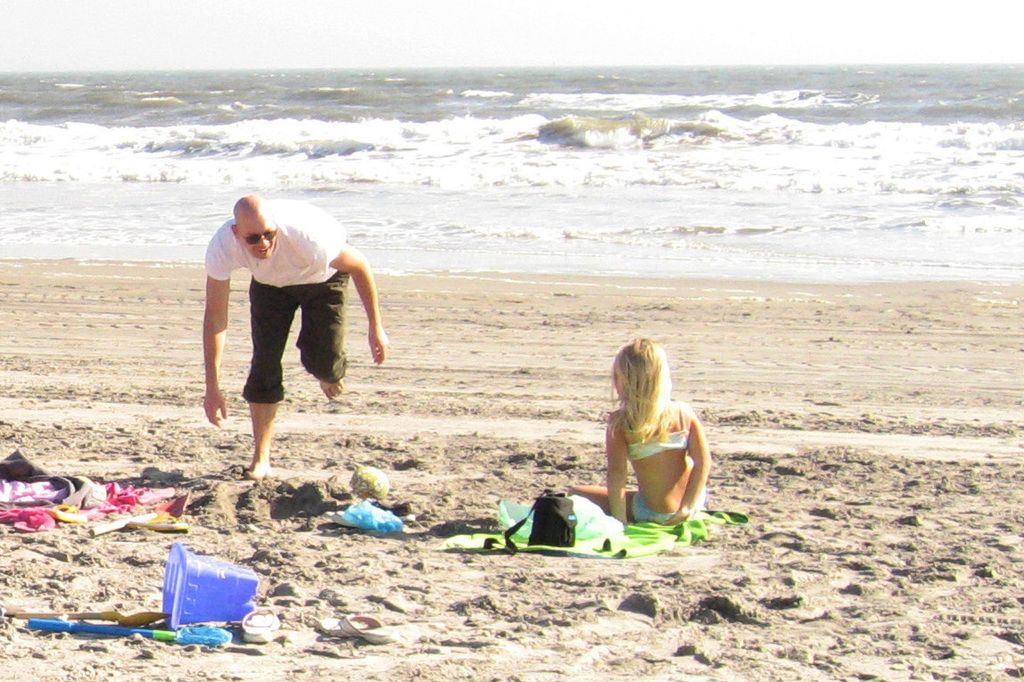Residents of Altai region show growing curiosity towards insurance products
Reinvigorated Interest in Insurance Across Russia
There's been a noticeable uptick in Russian citizens delving into insurance matters. From January to April, traffic on insurance company sites skyrocketed by 16%, compared to the same period last year. The increase in the Altai region was even more substantial, reaching a whopping 42%. It turns out that travel insurance for jet-setters was the most sought-after policy, with the summer season likely fueling demand for property insurance. These insights are based on web traffic analysis conducted by analysts from Ingosstrakh and Megafon.
Men from the Altai region appeared to be more curious about insurance, making up 60% of all website visitors. Users aged 35-44 dominated the scene, constituting 40% of all visitors scrutinizing insurance policy terms. Not too far behind were the 45-54 age group, accounting for nearly a quarter of these visits. The 25-34 age group came in third, with 21% of all sightings, while young folks aged 14-24 and seniors aged 65+ showed the least interest, totalling 6% and 2%, respectively.
Not only did the number of property insurance policy sales surge by 10% during the first three months of the year, but most purchases occurred before the summer season, usually from late April to May, ending around September-October.
It's not just the Altai region experiencing this insurance frenzy. Residents of Moscow, St. Petersburg, and Samara demonstrated the greatest enthusiasm for studying insurance policies and costs. Krasnodar and Yekaterinburg also found their way into the top five. Interestingly, Wednesdays saw the most traffic on insurance websites, representing 20% of all visits, while Mondays (13%) and Sundays (14%) experienced the least traffic. Smartphones continued to prevail as the most popular devices used by Russians to navigate insurance company websites.
Possible Shifts in Spending Maternity Capital in Russia
Recent developments in Russia might lead to changes in the ways maternity capital can be spent. Here are some potential avenues:
- Broadened Investment Opportunities: The government is considering encouraging parents to invest their maternity capital in long-term savings programs tailored for children's futures, offering more flexibility for parents and expanding their financial prospects.
- Economic and Demographic Landscape: Russia's declining birth rates since 2015 and economic challenges necessitate effective policies to assist families and stimulate higher birth rates.
- Healthcare and Family Support: The Russian government is allocating more funds to improve healthcare infrastructure for women and children, with projects like "Protection of Motherhood and Childhood" targeting enhanced medical care quality and resources for families. These initiatives could augment the maternity capital program.
These policy shifts aim to bolster family support and improve demographic trends by combining financial incentives with enhanced healthcare and social infrastructure.
- In light of potential changes in the maternity capital spending, there may be an increased need for personal-finance advice and education related to long-term savings programs for children's futures.
- As the Russian government contemplates broadening investment opportunities for maternity capital, businesses offering financial services in personal-finance and long-term savings plans may experience growing demand.






